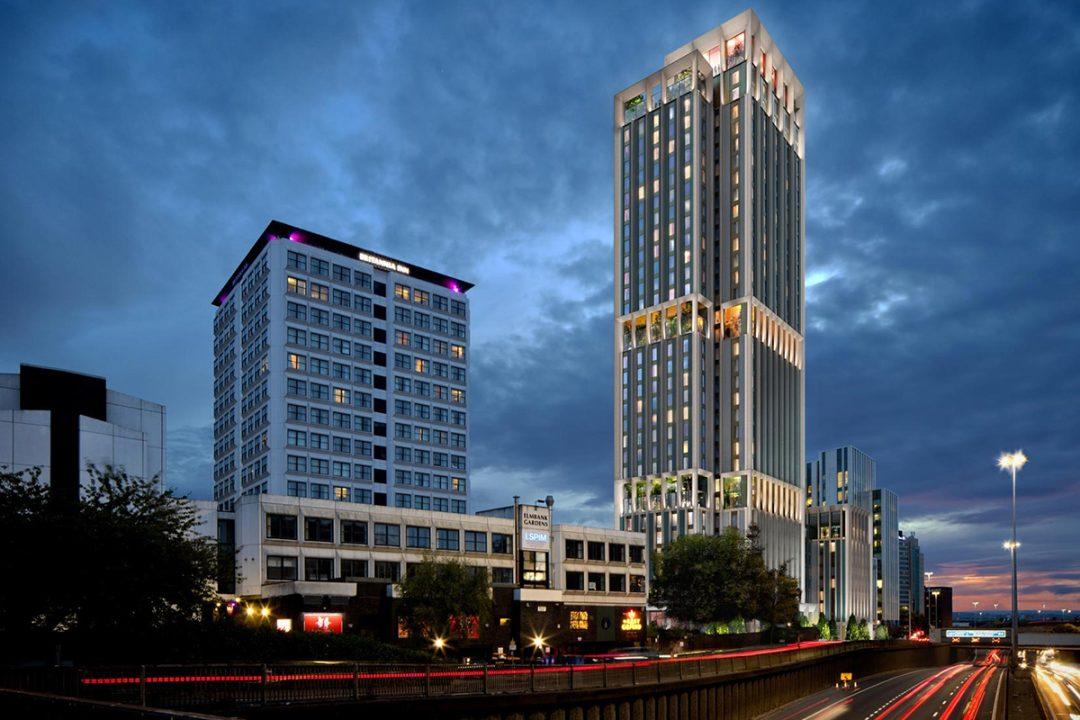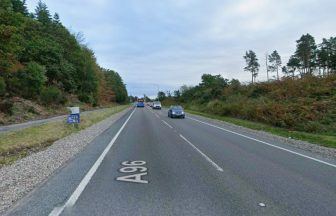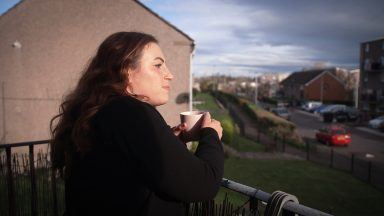A huge tower for student housing is set to be decided on next week as it divides opinion with objectors and supporters making their voices heard.
The accommodation is to be built on the site of the former offices of Portcullis House close to the M8 which is being partially demolished in India Street.
The structure’s tower is to soar to 35 storeys, designs show, with lower parts reaching 11 storeys.
There is to be 784-bed accommodation with offices and shop premises on the ground floor as well as games rooms, a gym, a “social kitchen” and an art studio among other spaces.
A large part of the existing Portcullis House is to be retained – with a section to the north to be cleared to make way for the tower according to proposals.
Objectors are worried about there being too much student accommodation in the area, that the scaling and massing of the tower is out of character with the surroundings and there will be an impact on existing local services among other concerns. A total of five objections were lodged.
Supporters who have submitted 16 comments in favour of the development make points about there not being enough student accommodation in the city and that a brownfield site would be regenerated.
Among other issues, they feel an increased population would boost the local economy.
The planning application lodged by Watkin Jones Group has been recommended for approval by Glasgow City Council officers.
It will be considered by councillors sitting on the planning applications committee next week.
A paper to be presented at the meeting said: “The submission concludes that the predicted effects of the development are likely to be ‘overwhelmingly beneficial’ or ‘neutral’, primarily in relation to its socio-economic, built heritage, daylight or sunlight and townscape or visual impacts.”
It said the adverse impacts of construction can be “mitigated through dust control measures.”
It added: “The risk that future residents may be exposed to high levels of background traffic noise would be mitigated through a combination of acoustic glazing and mechanical ventilation.”
Follow STV News on WhatsApp
Scan the QR code on your mobile device for all the latest news from around the country


 Watkin Jones Group
Watkin Jones Group


























